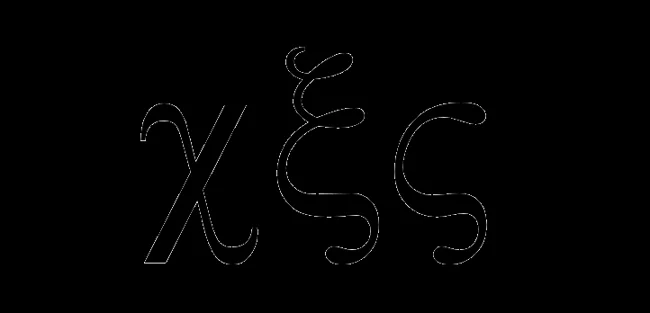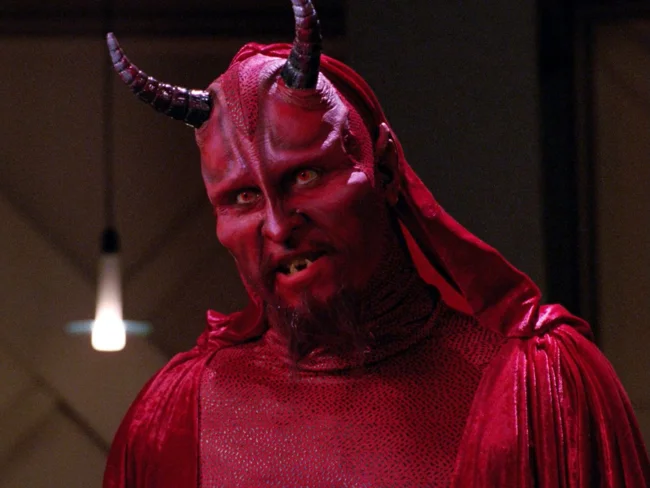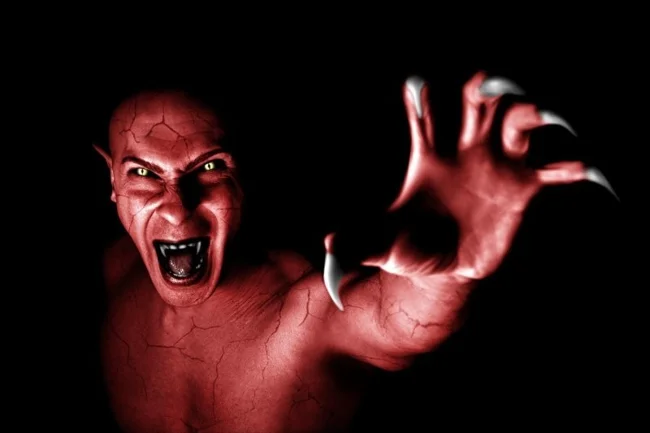Why Did 666 Become the "Number of the Beast"? A Story Many Don't Know (13 photos)
However, this number is complex and, perhaps, the most intriguing in our culture. 
Throughout human history, attitudes toward this number have been mixed. Some are terrified of it. Others admire it and are willing to pay good money to have it on their cell phone, address, or car. Let's look at the history of this number.
How an ancient book frightened half the world 
It all began at the end of the first century AD, when John the Theologian wrote the Book of Revelation—the last part of the New Testament. In chapter 13, he left a riddle that humanity is still trying to unravel:
"Here is wisdom. Let him who has understanding calculate the number of the beast, for it is the number of a man: his number is Six hundred and sixty-six."
And since then, millions of people have been puzzled: what does this mean?
But here's an interesting detail that few people know: in the original Greek text, the number was written not as "666," but as three letters—chi, xi, and digamma. 
So our modern perception of "666" as three repeating sixes is, in fact, a historical misunderstanding.
And now another surprise: the number 666 appears in the Bible not just once, but four times. And you know what? The other three occurrences have no sinister connotations whatsoever.
The Book of Kings mentions that King Solomon received 666 talents of gold annually. No devil involved, just an accounting report from the ancient kingdom. 
So why did this number become a symbol of evil? It all comes down to Christian numerology. The number 7 in the Bible symbolizes perfection, divine completeness. God created the world in six days, and dedicated the seventh to himself. Six is "almost seven," a perpetual shortfall from the ideal.
Plus, it reflects the devil's ambitions for the number 3 – to double it!
And three sixes in a row? This is the ultimate imperfection, a complete departure from the divine order. 
But the most interesting part begins when we try to understand who John the Evangelist actually meant by "the beast."
How Nero Became a Number
In 2005, scientists deciphered the oldest fragment of the Book of Revelation—a papyrus found during excavations in Egypt. It's approximately 1,800 years old. And do you know what number was written there? Not 666, but 616. Yes, the "number of the beast" was originally quite different. 
If you take the name of the Roman Emperor Nero in its Hebrew spelling, "Neron Kesar," and calculate the numerical values of the letters, you get exactly 666. And if you remove one "n" and write it in Latin, "Nero Caesar," you get 616. Voila! Both versions of the Number of the Beast are explained by the same name, simply written differently.
Therefore, those who enjoy playing with numbers have concluded that the name was a coded version of Nero's.
Nero was the perfect candidate for the role of an apocalyptic villain. This emperor carried out bloody persecutions of Christians, burning them alive in his gardens as human torches for parties. According to legend, he set Rome on fire and watched the blaze while reciting poetry. He also ordered the murder of his own mother, Agrippina. 
It turns out that John the Theologian hid Nero's name in his book to avoid persecution.
But then the context was lost, and the number 666 took on a life of its own, growing into new legends.
When the "Devilish" Number Brings Good Luck
While the Western world fears 666 like the plague, in China they're willing to pay fortunes for it. 
In Chinese culture, six sounds similar to the word "flow smoothly" and is associated with success in business. And a triple six is a real celebration. Chinese people use 666 in internet slang like "super!", "cool!", or "bravo!" See that cool trick in the video? Comment on "666" and everyone will know you're impressed.
On June 6, 2006 (06.06.06), people in Western countries prayed and were afraid to leave their homes. In Singapore, the number of weddings tripled on this day. Parents in Japan specifically planned the birth of their children for this date, considering it especially auspicious. In China, grand celebrations were held. 
A phone number with three sixes in China can be worth tens of thousands of dollars. A car license plate number 666? Chinese businessmen are willing to pay a fortune for it at auction. A home or office address with the number 666 is considered very lucky for business.
And this isn't some ancient tradition—it's still held in high regard, a cultural quirk. While an American might shy away from a price tag of $6.66, a Chinese person will deliberately round up the amount to 666 yuan to attract good luck. 
So, the "devil" is simply a matter of geography and cultural context.
When Superstition Changes the Map
It's funny that this cultural pressure also influences very real decisions by people, companies, and even governments. Believe me, there are enough examples to fill a whole book. 
Let's start with the legendary Route 666 in the United States. Built in 1926 as the sixth branch of the famous Route 66, this road quickly earned the nickname "The Devil's Highway."
And for good reason.
Up to 15 serious accidents occurred on this highway every month (consider that once every two days is too often). Locals began telling stories of ghostly figures on the roadside, packs of demon dogs attacking cars, and a ghost truck driver who hit people and then disappeared into the fog. 
Road signs with the number 666 were constantly stolen, carried off as trophies or talismans. Authorities grew tired of replacing the signs and gave up in 2003: Highway 666 was officially renamed Highway 491. Ironically, after the renaming, the number of accidents actually decreased.
Another amusing incident occurred in 1976. Steve Jobs and Steve Wozniak release their first computer, the Apple I. Price: $666.66.
How everyone pounced on them immediately. Journalists accused them of anti-religious outrage. Conspiracy theorists immediately suspected something was wrong. A secret signal? A symbol of the future electronic enslavement of humanity? 
The truth turned out to be ridiculously simple. Wozniak loved repeating numbers—he loved how easy it was to type them on a calculator with one finger. The computer's production cost was $250, the wholesale price was $500. Wozniak added a third of the markup—it came to $666.66. That's the whole "mystique."
Wozniak himself admitted in an interview that he had no idea about the religious symbolism of the number 666. To him, it was simply a beautiful series of repeating digits.
So don't be afraid of three sixes. Or be afraid—whichever you prefer. The main thing to remember is that the greatest power of the number 666 is that we continue to talk about it two millennia later. And that, you'll agree, is impressive.
























